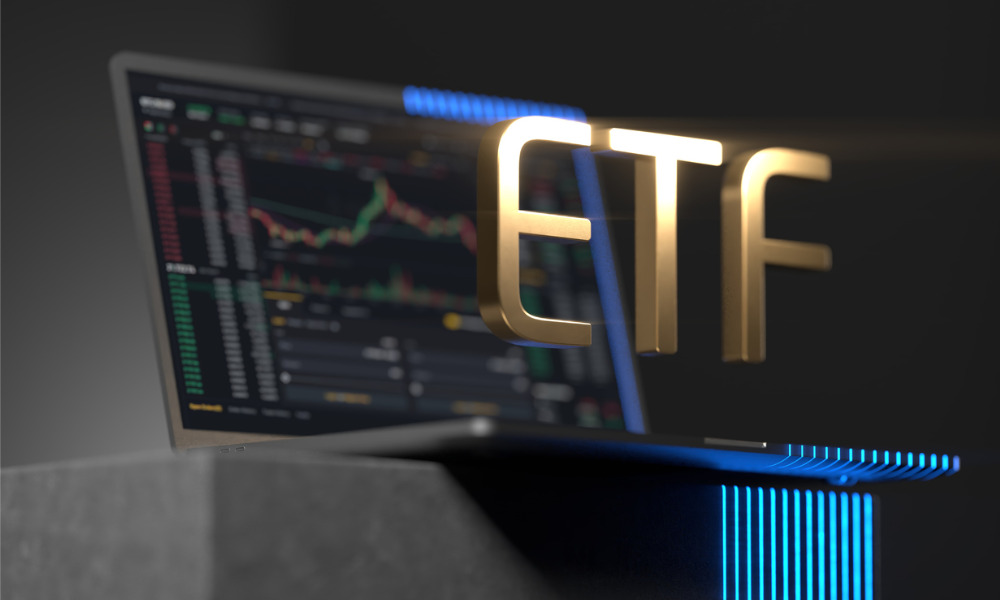Outlook highlights key themes like structured outcome ETFs as well as appetite for risk assets, cash

In a challenging year that ended on an upswing, ETF investors matured significantly last year. Now, BMO Global Asset Management (GAM) sees the industry set for more growth in 2024, with a focus on a few themes reflecting more sophisticated ETF investors with more targeted demands.
In their recently released 2024 ETF industry outlook, BMO GAM’s leaders reflected on the major themes that shaped ETF investing in 2023 and highlighted where they think investor capital will flow this year. Chief among those themes was structured outcome ETFs, which could help investors manage risk. The outlook also highlighted equity index ETFs given the outsized role the so-called ‘magnificent seven’ played in last year’s market, and what short-term bond products and cash holdings could mean for the ETF industry.
“The focus on central banks dominated 2023 and we saw those broader trends playing out among investors, seeing trends accelerate after the Federal Reserve’s pivot,” said Sara Petrcich, Head of ETF & Structured Solutions, BMO Global Asset Management. “Looking ahead to 2024 and beyond, we believe traditional ETFs and new and innovative ETFs offering features that were once only available to high-net-worth investors, like the structured outcome solutions, will continue to drive growth.”
The persistence of inflation and uncertainty on markets, despite more evidence of a central bank pivot coming at the end of 2023, should leave some investors and advisors wary about risk and outcomes. In their outlook, BMO GAM highlights how structured outcome ETFs could add additional transparency to their investments. They advocate for so-called “buffer ETFs” in more risk-averse client portfolios, which use a protective option overlay to protect against downside while capping upside growth.
For clients who want returns but expect low upside from markets, they see opportunity in “accelerator ETFs.” These products claim to deliver “approximately double the price returns up to a cap, with only single downside exposure of an underlying reference asset.”
Looking at index equities, the outlook highlights the outsized role the so-called “magnificent seven” played in investor returns last year. The concern, now, is whether those seven companies can maintain their outperformance. Many have predicted that a broader universe of stocks in growth sectors like tech might make up the gap between themselves and the mega-caps.
BMO GAM’s outlook highlights that investors’ tech ETF exposure may be determined by their expectation for rate cuts this year. Those who expect the Fed to cut early and often in 2024 may be interested in exposure to the tech-heavy Nasdaq 100. Investors who see inflation as stickier than expected may be more interested in exposure to large-cap value companies, which tend to offer greater stability.
Investors flocked to cash assets and ultra short-term bonds in 2023. High interest savings account (HISA) ETFs gathered $10 billion in assets last year, but a ruling by OSFI in November may have wiped out some of their yield advantage over other cash products. BMO GAM therefore expects more fund flows to money market funds and products that offer yield and relative liquidity.
Even as the ETF product shelf has grown more crowded, as providers work to meet the demands of a more mature and sophisticated investor, BMO GAM sees continued innovation on the horizon for the ETF industry. ETFs, they argue, will be used as the primary access vehicles for key themes, trends, and investment opportunities. While ETFs remain that first choice they expect the industry to keep bringing novel products to market.



